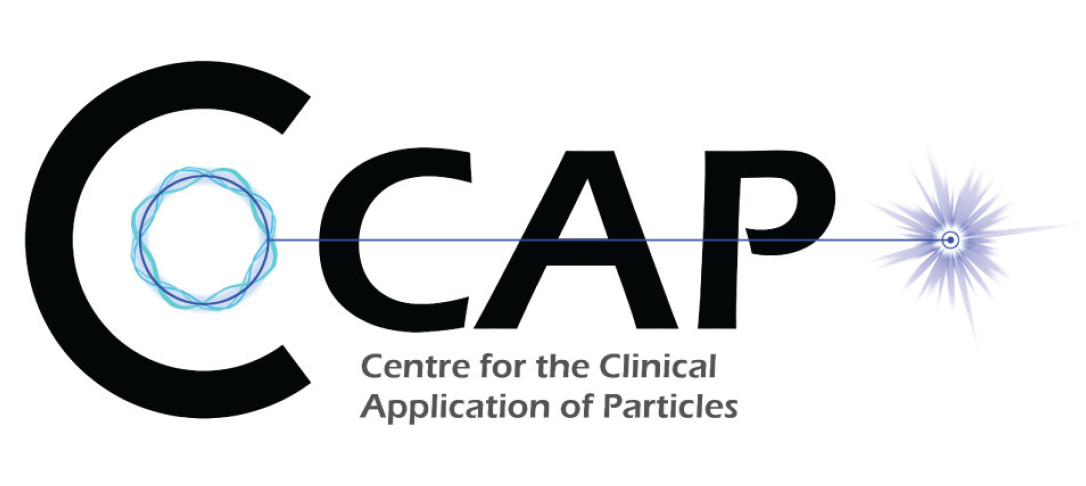
Centre for the Clinical Application of Particles seminar on “Advancing proton minibeam radiation therapy with magnetic focussing” by Tim Schneider (Institut Curie Paris).
Abstract:
Proton minibeam radiation therapy (pMBRT) is a novel therapeutic strategy that combines the normal tissue sparing of submillimetric, spatially fractionated beams with the improved dose deposition of protons. In contrast to conventional approaches which work with comparatively large beam diameters (5 mm to several centimetres FWHM) and which produce laterally homogeneous fields, pMBRT uses submillimetric minibeams to create a distinct spatial modulation of the dose characterised by alternating regions of high dose (peaks) and low dose (valleys). This spatial fractionation was shown to drastically increase the tolerance of normal tissue while providing a tumour control similar or even superior to that of standard proton therapy. Creating submillimetric proton beams in a clinical context is a challenging task that until now has only been realised with mechanical collimators (metal blocks with thin slits or holes). However, this implementation of minibeams is suboptimal as it is inflexible, inherently inefficient and it produces unwanted secondary particles. A potential solution to all of these shortcomings may be the generation of minibeams through magnetic focussing. In my work, I studied the requirements for magnetically focussed minibeams, investigated how such a technique could be implemented in a clinical context and performed a comparison with the traditional collimator-based approach. The main results include the design of a new minibeam nozzle and the evaluation of its performance with different types of clinical accelerators.


